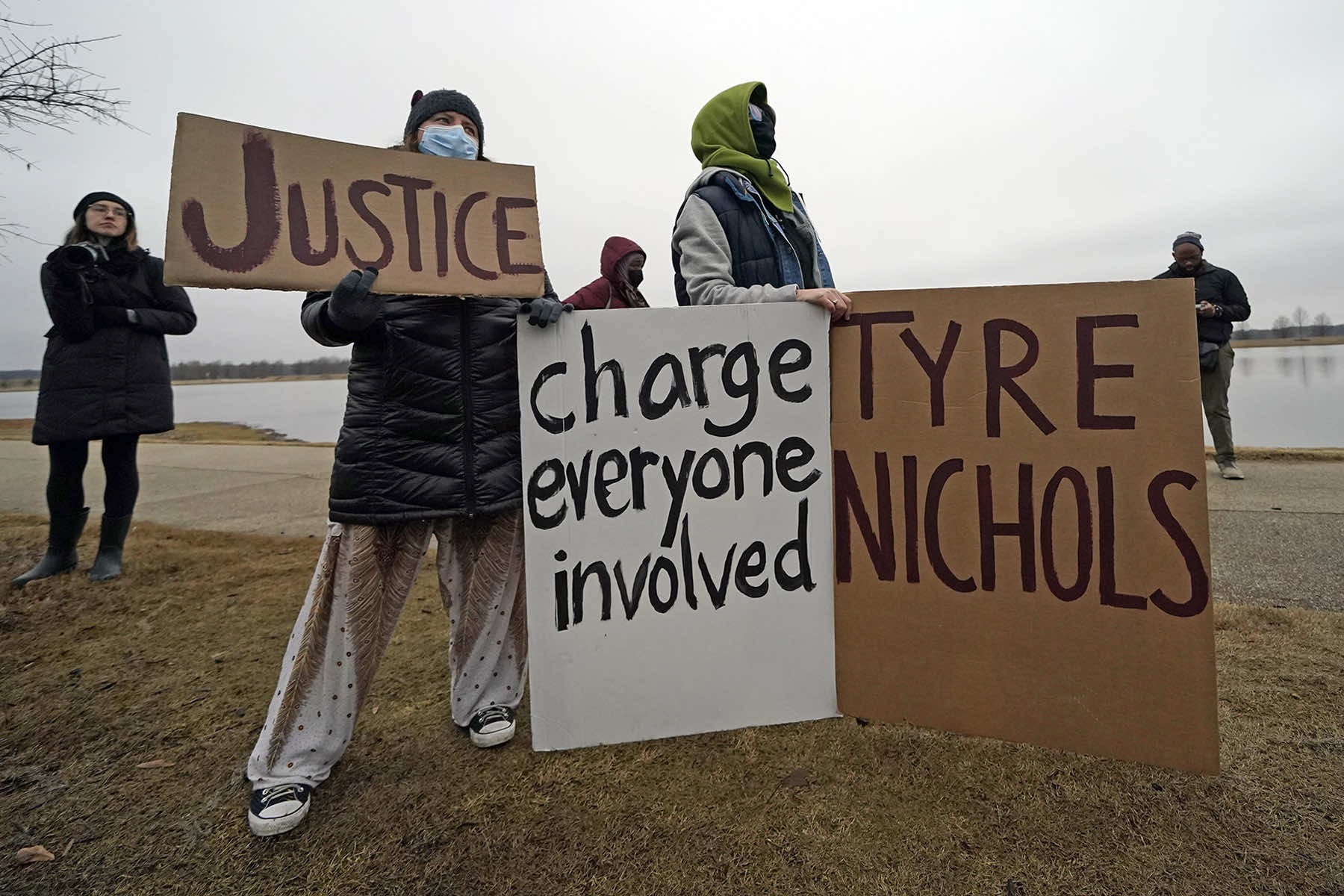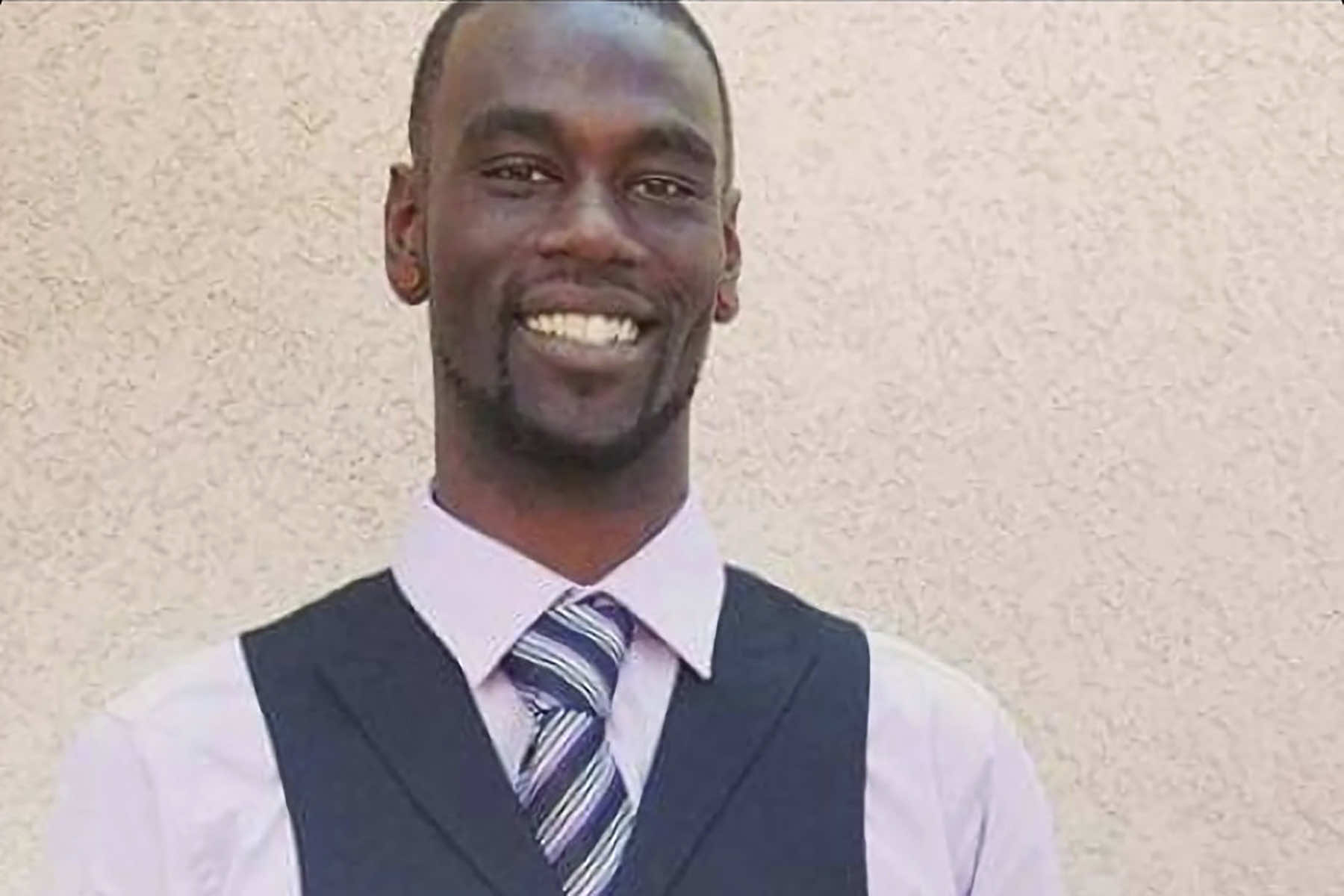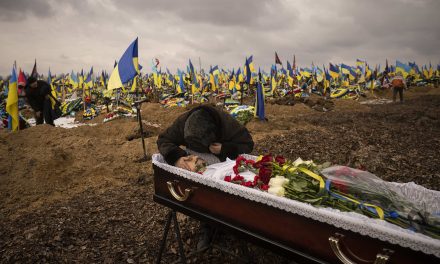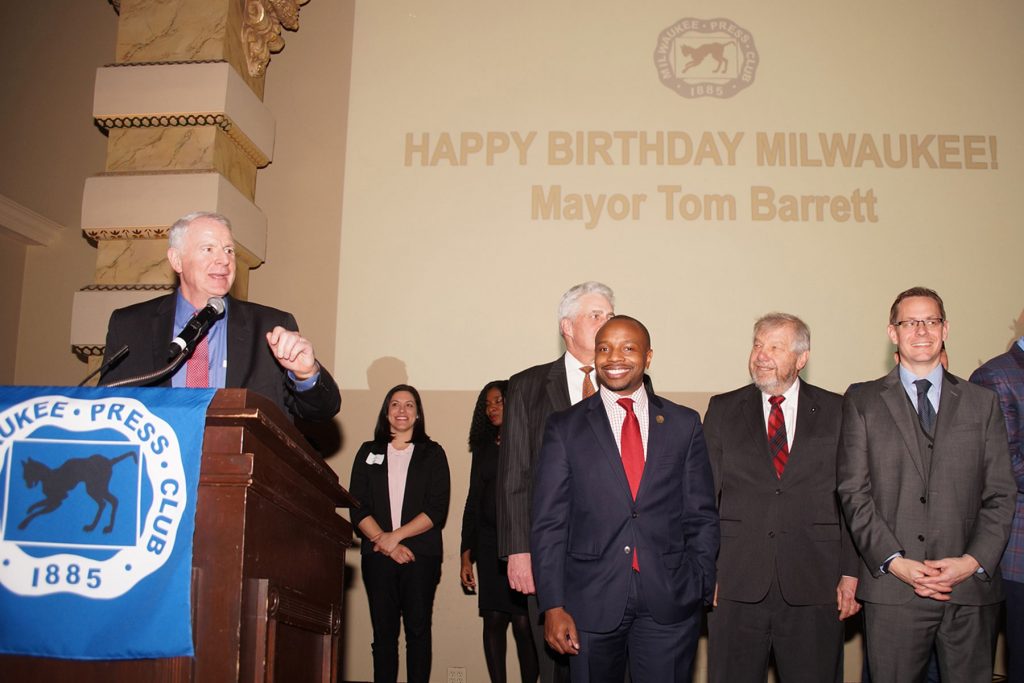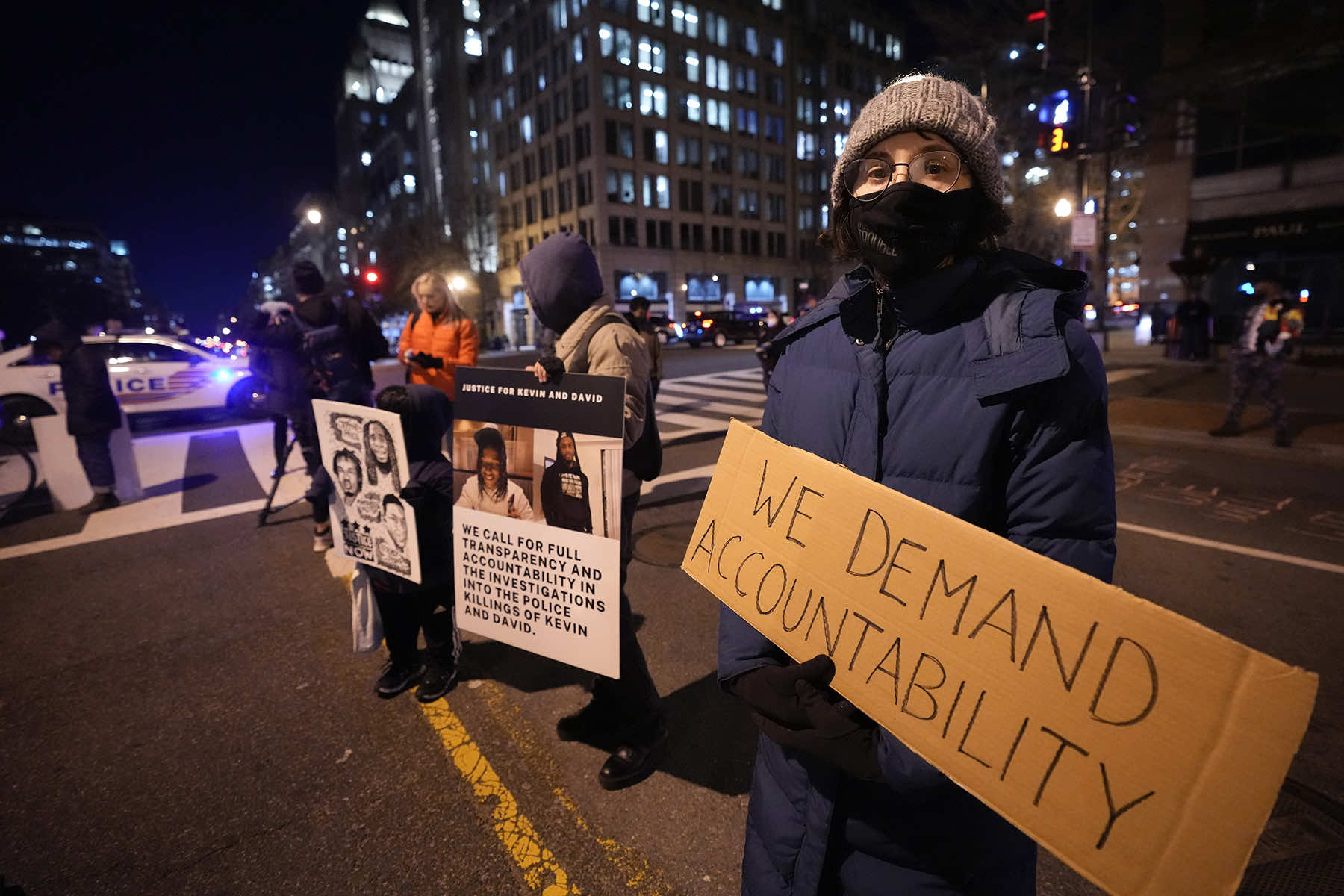
A timeline of events in the Tyre Nichols case, which sparked state and federal investigations into police brutality and led to murder and other charges against the five officers involved in his arrest in January.
January 7: Tyre Nichols is pulled over by police for an alleged traffic violation after photographing a sunset, according to accounts his family would give later. A confrontation ensues, and he is brutally beaten by five Memphis police officers in an encounter that is recorded by police body cameras.
January 8: Memphis police say in a statement that officers attempted to stop a man for reckless driving on Jan. 7 and he was taken to a hospital in critical condition after two confrontations. The first description of what happened says one confrontation occurred when officers approached the vehicle and the suspect fled on foot. Officers pursued, and another confrontation occurred when they took him into custody, police said. The subject complained of shortness of breath and was taken to a hospital. Due to his condition, police contacted the Shelby County District Attorney General’s Office, which asked the Tennessee Bureau of Investigation to conduct a use-of-force investigation.
January 10: The Tennessee Bureau of Investigation says the man involved in the altercation with Memphis officers has “succumbed to his injuries” and identifies him as 29-year-old Tyre D. Nichols, a Black man.
January 14: Family, friends and supporters of Nichols protest in front of a Memphis police station and call for police to release body camera video of the arrest. Nichols’ stepfather, Rodney Wells, tells local media that his stepson suffered cardiac arrest and kidney failure because of a beating by officers.
January 15: Police Chief Cerelyn Davis says she has reviewed information on the encounter and has decided to take immediate action by serving notice of policy violations to the officers involved.
January 16: Civil rights attorney Ben Crump announces he is representing Nichols’ family and calls on police to release body camera and surveillance video from the traffic stop. Meanwhile, protesters gather at the Civil Rights Museum to push for the release of police video and call for officers to be charged.
January 18: The U.S. Justice Department announces that it has opened a civil rights investigation.
January 20: The five officers involved in the arrest are fired after an internal investigation finds they used excessive force, failed to intervene and failed to render aid. They are identified as Tadarrius Bean, Demetrius Haley, Emmitt Martin III, Desmond Mills Jr., and Justin Smith. All five are Black.
January 23: Nichols’ family views the police video with their attorneys, who say it shows Nichols being beaten for three minutes in a “savage” encounter reminiscent of the infamous 1991 police beating of Los Angeles motorist Rodney King. The video shows Nichols was shocked, pepper-sprayed and restrained after he was pulled over minutes from his home while returning from a suburban park where he had taken photos of the sunset. Crump says the family has agreed to investigators’ request to delay making the video public so as not to risk compromising the criminal investigation.
January 24: Shelby County District Attorney Steve Mulroy says the release of police video will be carefully timed to avoid the chance that suspects or witnesses tailor their statements to what they saw in it and asks the public for patience. The timetable rankles activists who had expected the video to be released after Nichols’ family viewed it. Meanwhile, the Memphis Fire Department says two employees involved in the initial care of Nichols the night of his arrest have been removed from duty while the agency conducts an investigation.
January 25: Davis, the police chief, calls the officers’ actions “heinous, reckless and inhumane” and makes a plea for people to protest peacefully when the video is made public. She says in a statement issued on social media that other officers are still being investigated for violating department policy and that “a complete and independent review” will be conducted of the department’s specialized units.
January 26: The five officers are charged with murder, aggravated assault, aggravated kidnapping, official misconduct and official oppression. Mulroy says they each played different roles in the killing but “they are all responsible.” Mulroy also announces that video of the traffic stop will be released to the public the following evening. Nichols’ parents say they are satisfied with the charges against the officers. At an evening candlelight vigil, Nichols’ mother pleads with supporters to “protest in peace” when the “horrific” video footage is released.
January 27: Memphis authorities release video footage showing Nichols being beaten by five officers who repeatedly strike him with their fists, boots and batons as he screams for his mother. The video is filled with violent moments showing the officers, who are also Black, chasing and pummeling Nichols and leaving him on the pavement propped against a squad car as they fist-bump and celebrate their actions. Protesters gather for mostly peaceful demonstrations in multiple cities including Memphis, New York, and Washington.

